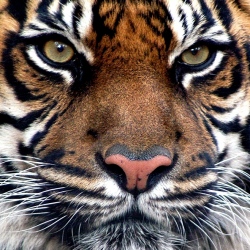
According to a new study, climate change and not human activities led to the disappearence of a large animal in Australia called megafauna. Previously it was assumed that humans settling in the continent drove the animals to extinction.
The study was led by researchers from University of New South Wales who, along with colleagues from University of Queensland, the University of New England, and the University of Washington, found that that the "extinction window" proposed for disappearance of the animal 40,000 and 50,000 years ago wasn’t due to humans.
"The interpretation that humans drove the extinction rests on assumptions that increasingly have been shown to be incorrect. Humans may have played some role in the loss of those species that were still surviving when people arrived about 45,000 to 50,000 years ago – but this also needs to be demonstrated," said associate professor Stephen Wroe, from UNSW and lead author of the study.
Researchers said that remains of people who lived in the region don’t show any evidence of hunting these animals. About 90 percent of this animal species lived in an ancient continent called Sahul, which comprises of the modern day Australia, New Guinea and Tasmania. The animals included a kind of a giant kangaroo.
